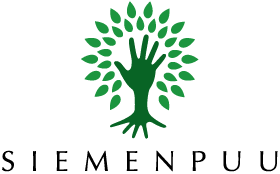Mali is a landlocked country in West Africa with a population of over 20 million.
The livelihoods of 74 % of the population depend on agriculture or pastoralism, with most of it small-scale, for subsistence and/or income generation. Impacts of climate change, droughts as well as changes in timing and amount of rains are an increasing strain on crop production and all society.
By 2018, about half of the population (51 %) had access to electricity. That number has almost doubled during the last decade and is on an upwards trend. However, there is a staggering urban-rural divide. While 86% of the city population has access to electricity, the figure is only 25 % in rural areas. Oil and hydropower are the main sources of electricity, but lately there have been several initiatives to increase the still relatively low share of solar power. Only about 1 % of Malians have access to clean fuels for cooking. More than 90 % of the cooking energy is provided by the forests in the form of firewood and charcoal.
Siemenpuu’s role in Mali
Siemenpuu supports projects in Mali within the Energy justice funding theme. Based on the risk assessment, Siemenpuu has restricted the project support to two regions in South of Mali, namely Koulikoro and Sikasso (recently administratively divided to Bougouni and Sikasso). Siemenpuu’s objective is on a policy level to reduce the environmental and social impacts of the energy economy and enhance the resilience of communities by influencing the decision-makers on the local and national level by CSOs.
On the community level, the supported projects are expected to enable communities to produce their energy sustainably (mainly with solar) in order to promote energy access so that the use of fossil fuels and firewood has been reduced, and the rights of women and vulnerable groups have been promoted.
